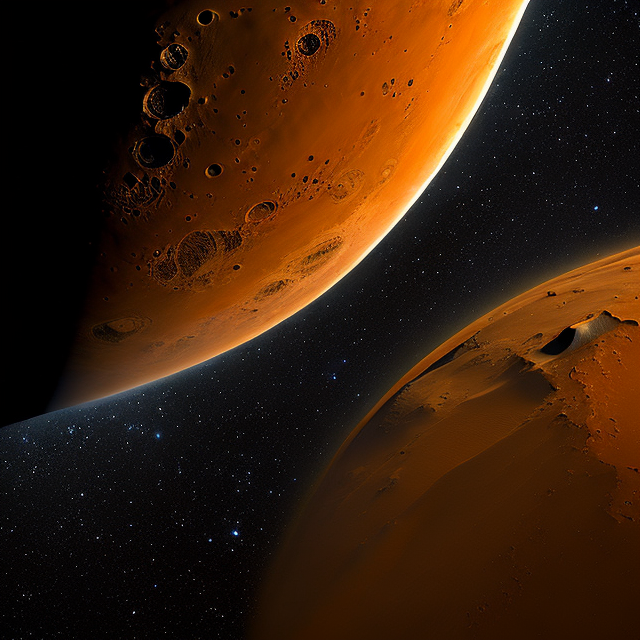|
|
Space Astro
|
Info for exoplanet "Phaë"
| Scientific (actual) data |
|---|
| Name | PZ Tel b |
| Planet status | Confirmed |
| Planet mass | 27 |
| Radius | 2.42 |
| Orbital period | 43800 |
| Semi major axis | 27 |
| Orbit eccentricity | 0.52 |
| Inclination | 91.73 |
| Angular distance | 0.524 |
| Discovered | 2010 |
| Updated | 2025-08-17 |
| Omega | 50 |
| Lambda angle | 110 |
| Temp measured | 2987 |
| Log g | 4.78 |
| Publication | Published in a refereed paper |
| Detection type | Imaging, Astrometry |
| Mass measurement type | Astrometry |
| Radius measurement type | Flux |
| Molecules | H |
| Star name | PZ Tel |
| Right ascension | 283.28° |
| Declination | -50.18° |
| Mag v | 8.43 |
| Star distance | 51.49 |
| Star metallicity | 0.05 |
| Star mass | 1.13 |
| Star radius | 1.23 |
| Star sp type | G6.5V |
| Star age | 0.023 |
| Star temperature | 5338 |
| Star alternate names | HD 174429, HIP 92680 |
| Wikipedia article | PZ Tel b |
Back
| |
| Fictional info (?) |
|---|
| Suggested name | Phaë |
| Planet type | Huge cold gas giant |
| The polar regions are constantly below 180°K (-93°C).
The atmospheric pressure at the planet's surface is 80 bar, or roughly the pressure found 810 m under the oceans of Earth.
Its north and south poles, therefore, lie where most other planets have their equators. |
| Atmosphere | H | 99% |
| Atmospheric pressure | 80 bar |
 |
| No known satellites |
| Google search for Phaë |
|
Website by Joachim Michaelis
|
|
|
|